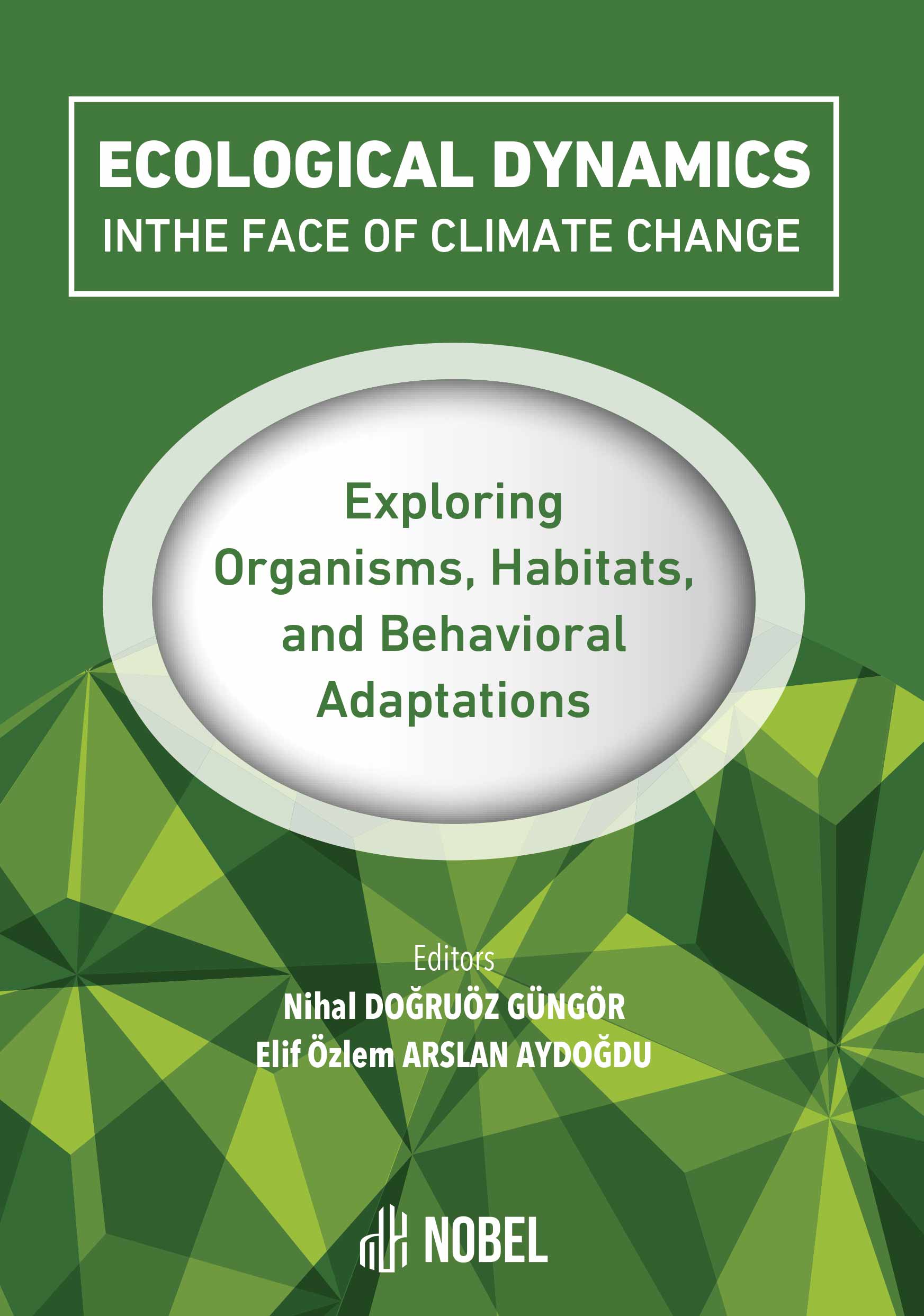Understanding Permafrost Behavior in a Warming World: Effects on Atmospheric Shifts, Disease Outbreaks, and Environmental Implications
Elif Ozlem Arslan Aydogdu (Author), Gulnihan Selim (Author)
Release Date: 2024-05-31
Permafrost, or permafrost, consists of soil, rock, and sedimentary materials frozen in regions below 0°C for at least two consecutive years. Permafrost areas are fascinating with their microbial load. The sub-zero atmospheres of these areas allow microorganisms to maintain their viability for years or even centuries. Climate change indicates a serious risk of melting in [...]

